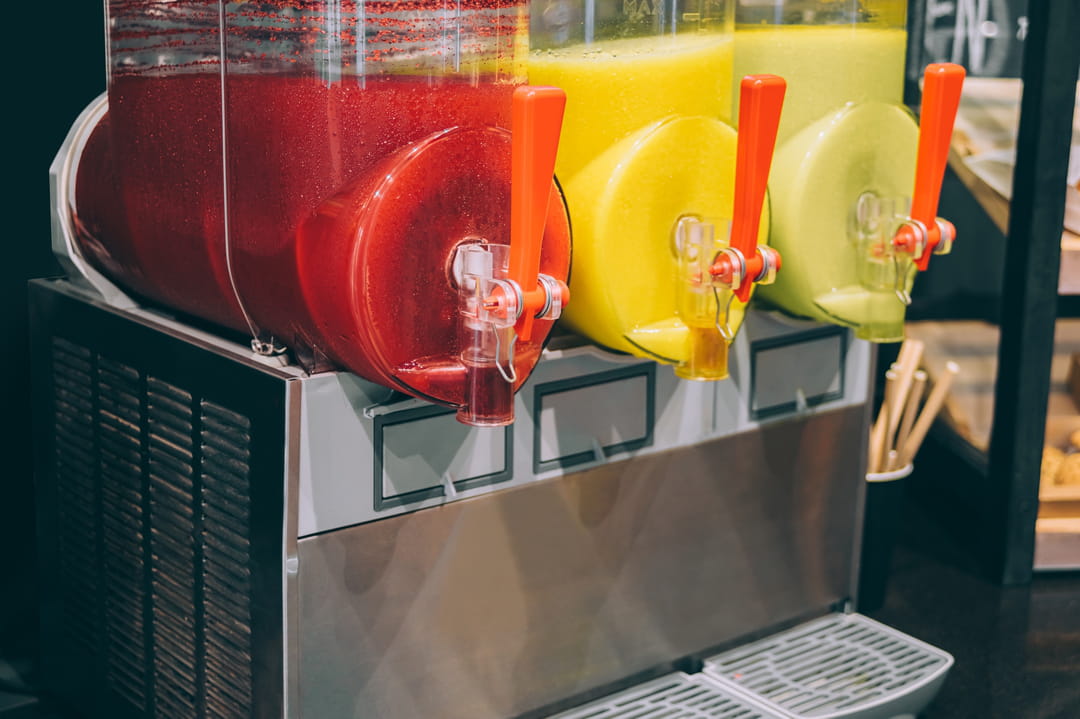Slushies, beware of danger: why can they be dangerous for children?

Slushies, the must-have summer favorites, are everywhere: at the beach, in the city center, after the pool, or at holiday resorts. Refreshing, colorful, and often served with a straw, they're particularly popular with children. But do you really know what's in them? Slushies aren't rich in fruit, but rather in sugar, colorings, and additives.
Among these additives, glycerol, also known as glycerin or E422, is being singled out for its health risks to children. This food additive, authorized by European regulations, is used to maintain the texture of crushed ice and prevent the formation of ice blocks.

Although its use is legal, it is the overconsumption of granitas, and therefore of glycerol, that poses a problem. British and Scottish health authorities have reported several cases of children being hospitalized following excessive consumption of granitas in recent years. These food poisoning cases manifest themselves through symptoms such as nausea, headaches, shock, hypoglycemia, and even loss of consciousness.
Children are particularly vulnerable because of their different weight-to-height ratio compared to adults. "Consumption of iced drinks containing glycerol can cause a clinical syndrome of glycerol poisoning in young children," noted researchers in a study of these poisoning cases in the United Kingdom.
Across the Channel, new guidelines have even been published, recommending that these frozen drinks not be sold to children under four years old. Parents are also urged to be vigilant about their children's consumption of slushies, even during periods of extreme heat. In France, there are no specific recommendations regarding the consumption of slushies by children. However, to avoid any risk, it is advisable to learn about their composition and limit their daily consumption. Although sweet, slushies should remain an occasional summer treat.
L'Internaute




